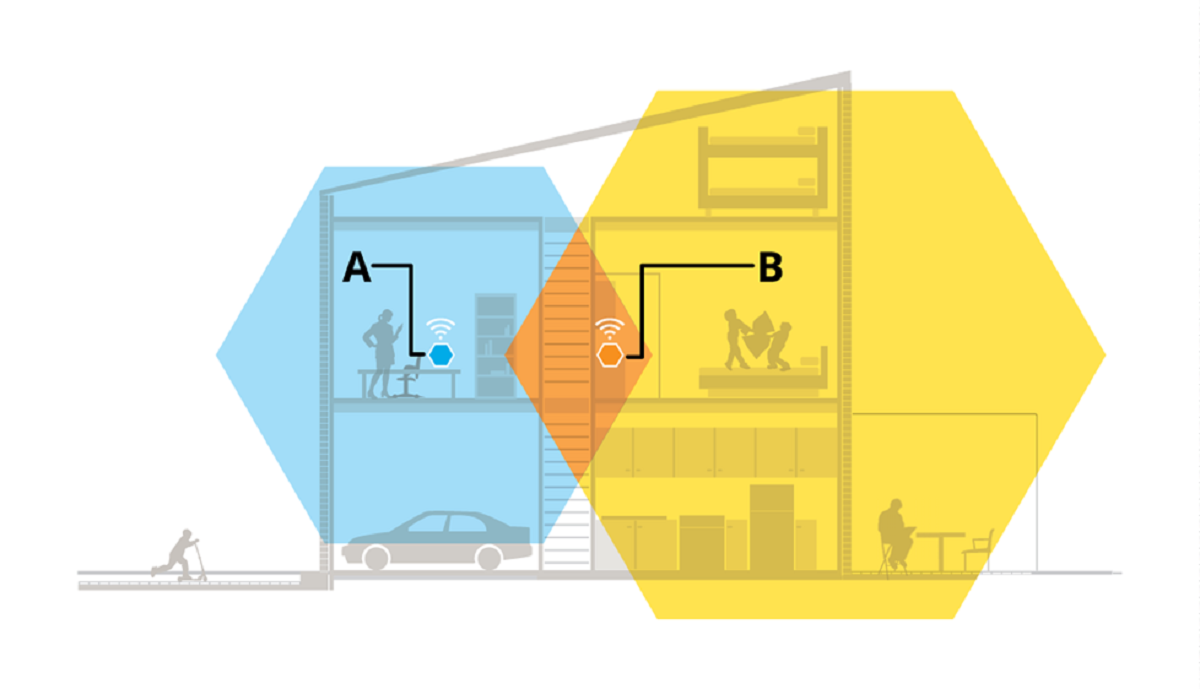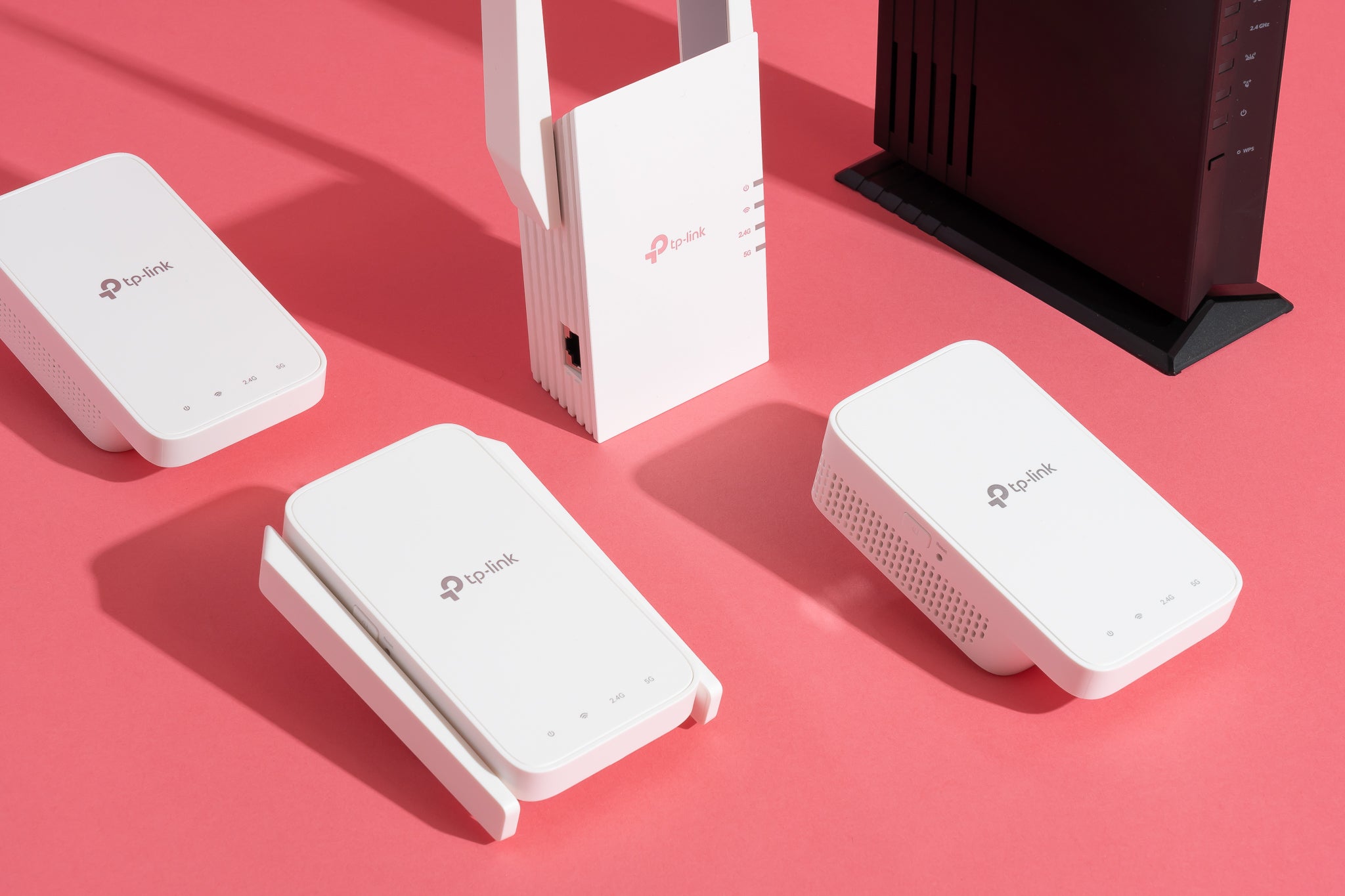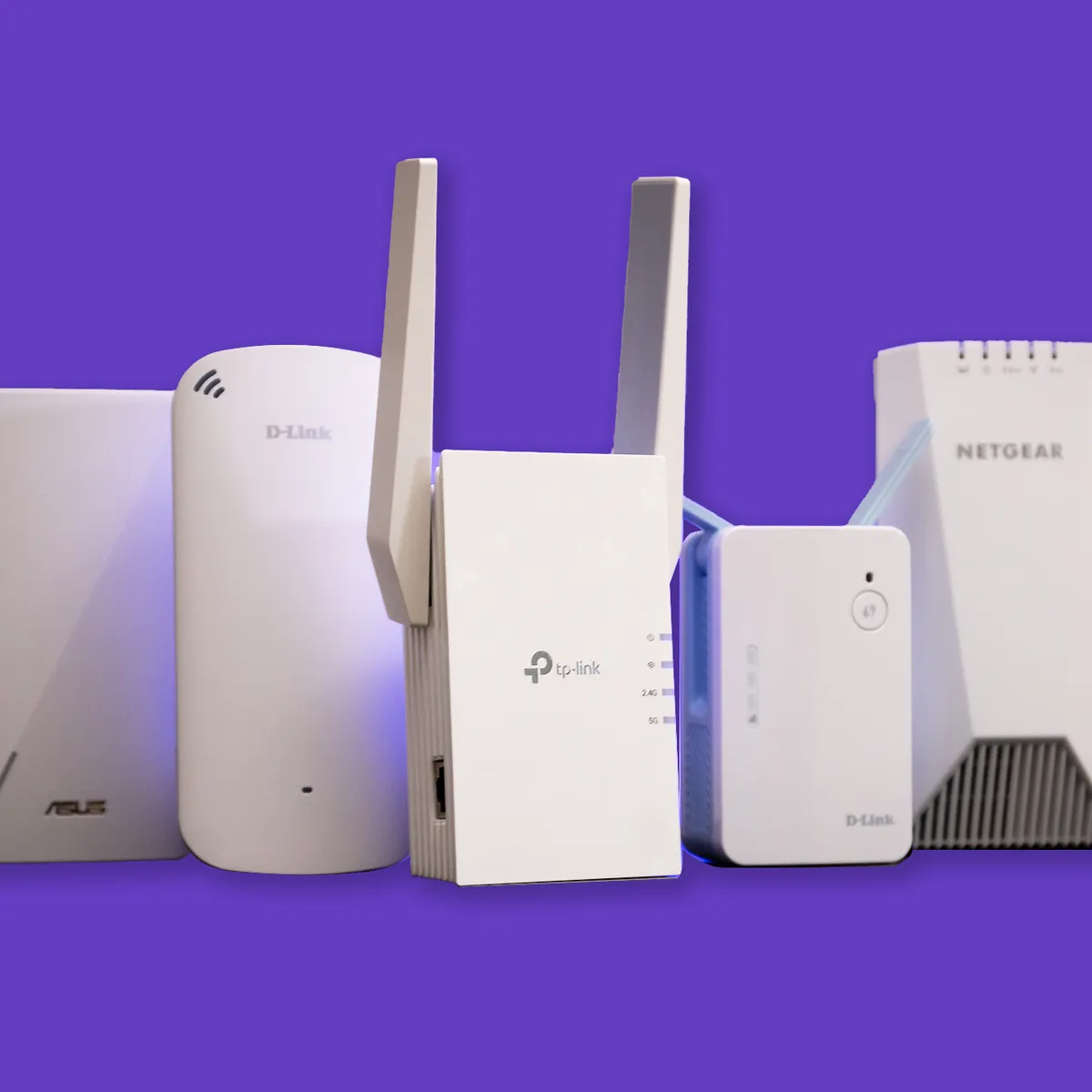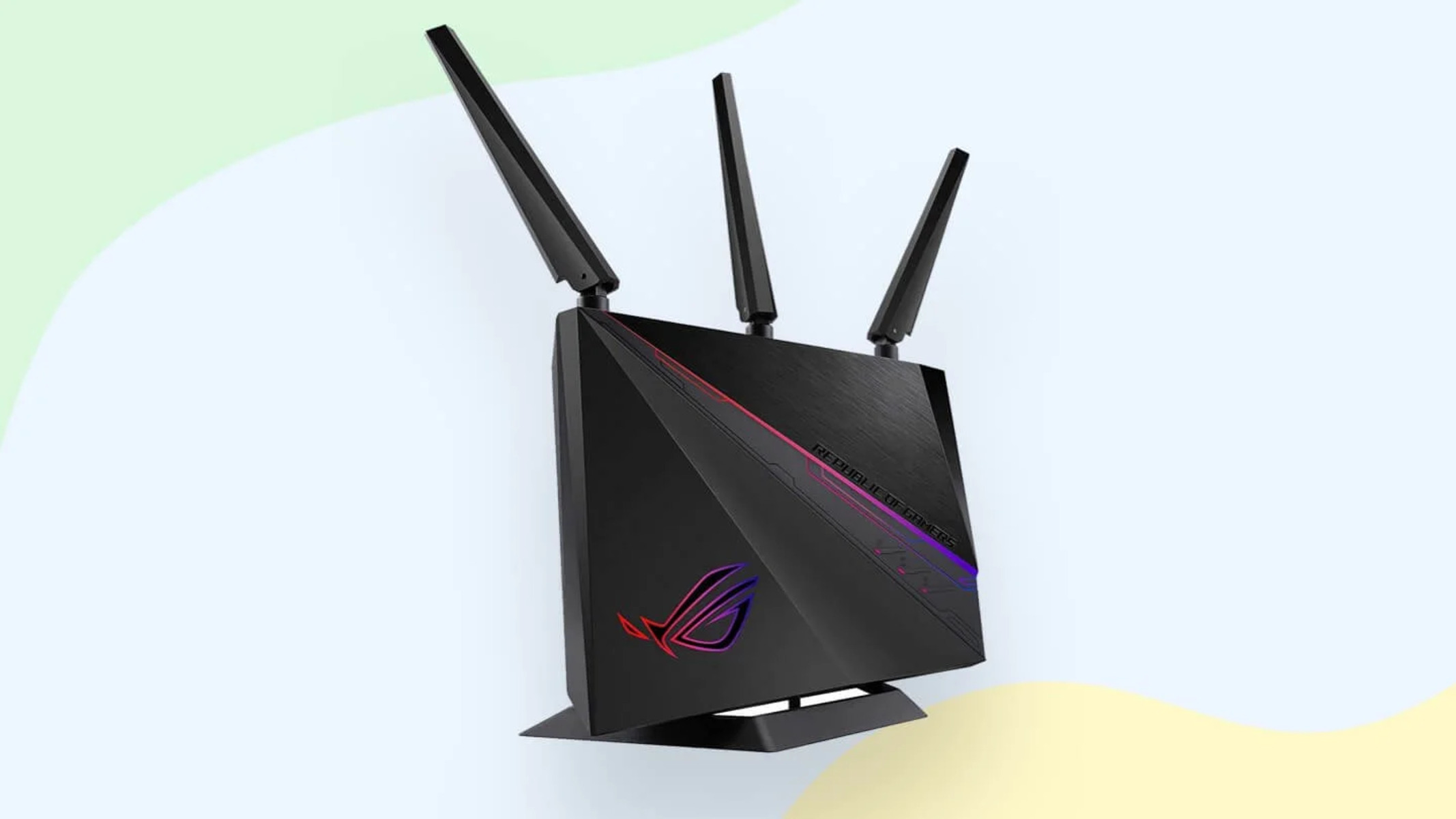Introduction
Understanding the Importance of Wi-Fi Signal Boosters
Welcome to the digital age, where a stable and speedy internet connection is the lifeblood of our daily activities. Whether you’re streaming your favorite show, working from home, or simply browsing the web, a strong Wi-Fi signal is essential. However, many of us have experienced the frustration of weak or unreliable Wi-Fi, especially in larger homes or buildings with thick walls. This is where Wi-Fi signal boosters come to the rescue, offering a solution to enhance and extend your wireless network coverage.
Wi-Fi signal boosters, also known as Wi-Fi range extenders or repeaters, are ingenious devices designed to amplify the existing Wi-Fi signal and rebroadcast it to reach areas with poor connectivity. By doing so, they effectively expand the coverage of your wireless network, ensuring a more consistent and reliable internet connection throughout your home or office.
In this comprehensive guide, we will delve into the inner workings of Wi-Fi signal boosters, explore the different types available, discuss the key factors to consider when choosing a signal booster, and provide valuable insights into their installation and placement. By the end of this journey, you will have a deeper understanding of how these devices operate and how they can significantly improve your Wi-Fi experience.
How Wi-Fi Signal Boosters Work
Wi-Fi signal boosters operate on a simple yet effective principle: they receive the existing Wi-Fi signal from your router, amplify it, and then rebroadcast the boosted signal to extend its coverage. To comprehend this process, it’s essential to grasp the concept of signal strength and the factors that can impede its transmission.
When a Wi-Fi router transmits a signal, it encounters various obstacles such as walls, floors, and other obstructions, which can weaken the signal as it travels through the air. This attenuation results in reduced signal strength, leading to areas with poor or no connectivity within the network’s range. This is where Wi-Fi signal boosters come into play.
Upon receiving the original Wi-Fi signal, the booster’s internal antennas amplify it, effectively increasing its strength. The boosted signal is then transmitted, expanding the coverage area and providing improved connectivity in areas that were previously experiencing weak signals. This process essentially bridges the gap between the router and devices located farther away, ensuring a more stable and consistent connection throughout your home or office.
It’s important to note that while Wi-Fi signal boosters can enhance the signal strength, they cannot increase the speed of your internet connection beyond what your service provider offers. Instead, they focus on extending the reach of the existing signal, allowing you to enjoy reliable connectivity in areas that were previously plagued by weak or inconsistent Wi-Fi.
Types of Wi-Fi Signal Boosters
Wi-Fi signal boosters come in various types, each catering to specific needs and environments. Understanding the distinctions between these types is crucial when selecting the most suitable booster for your home or office. Here are the primary types of Wi-Fi signal boosters:
- Wi-Fi Range Extenders: These devices receive the existing Wi-Fi signal from your router and rebroadcast it, effectively extending the network’s coverage. They are ideal for homes or offices with dead zones or areas experiencing weak connectivity.
- Wi-Fi Repeaters: Similar to range extenders, repeaters amplify and retransmit the Wi-Fi signal to expand its reach. They are particularly beneficial in environments with thick walls or multiple floors, where the original signal struggles to penetrate.
- Mesh Wi-Fi Systems: Unlike traditional boosters, mesh Wi-Fi systems consist of multiple nodes that work together to create a seamless and expansive wireless network. They are well-suited for large properties and offer consistent connectivity throughout the entire area.
- Outdoor Wi-Fi Boosters: Designed for outdoor use, these boosters are equipped to withstand various weather conditions and are ideal for extending Wi-Fi coverage to outdoor spaces such as gardens, patios, or pool areas.
Each type of Wi-Fi signal booster has its unique strengths and is designed to address specific connectivity challenges. When choosing a booster, it’s essential to consider the layout of your space, the nature of the obstructions affecting your Wi-Fi signal, and the areas where you require improved coverage. By understanding the distinct features of each type, you can make an informed decision that aligns with your specific requirements.
Factors to Consider When Choosing a Wi-Fi Signal Booster
When selecting a Wi-Fi signal booster, several key factors should be taken into account to ensure optimal performance and seamless integration with your existing network. By carefully evaluating these factors, you can make an informed decision that aligns with your specific requirements. Here are the crucial considerations to keep in mind:
- Compatibility: Ensure that the signal booster is compatible with your existing router and network specifications. Compatibility issues can lead to connectivity issues and hinder the booster’s effectiveness.
- Range and Coverage: Assess the range and coverage area offered by the booster to determine if it meets the requirements of your home or office. Consider the size of the area that needs coverage and the potential obstructions that may affect signal propagation.
- Speed and Bandwidth: Take into consideration the speed and bandwidth capabilities of the booster. Ensure that it can support the maximum speed provided by your internet service provider to prevent any degradation in performance.
- Security Features: Look for signal boosters with robust security features to safeguard your network against unauthorized access and potential cyber threats. WPA2 encryption and other security protocols are essential for protecting your data and privacy.
- Ease of Installation: Consider the ease of installation and setup. Opt for a signal booster that offers straightforward installation procedures and user-friendly configuration options to minimize complexity.
- Antenna Design: Evaluate the antenna design of the booster, as it plays a crucial role in signal amplification and transmission. Directional antennas are suitable for targeting specific areas, while omnidirectional antennas provide 360-degree coverage.
- Manufacturer’s Reputation: Research the reputation of the signal booster’s manufacturer. Opt for reputable brands known for producing high-quality and reliable networking devices.
By carefully considering these factors, you can narrow down your options and select a Wi-Fi signal booster that best aligns with your specific needs and environment. Investing time in evaluating these aspects can significantly enhance the performance and effectiveness of the chosen signal booster, ultimately leading to an improved Wi-Fi experience.
Installation and Placement of Wi-Fi Signal Boosters
Once you’ve selected the appropriate Wi-Fi signal booster for your needs, the next crucial step is the installation and strategic placement of the device to maximize its effectiveness. Proper installation and placement are essential for ensuring seamless connectivity and optimal signal extension. Here are essential guidelines for installing and placing your Wi-Fi signal booster:
- Strategic Positioning: Identify the optimal location for the signal booster. It should be placed within the range of the existing Wi-Fi signal from the router while also being able to reach the areas where improved coverage is required.
- Minimize Obstructions: Ensure that the booster is positioned away from obstructions such as thick walls, large metal objects, or electronic appliances, as these can interfere with the signal transmission and impact its effectiveness.
- Follow Manufacturer’s Instructions: Adhere to the installation guidelines provided by the manufacturer. This includes connecting the booster to a power source and configuring it according to the specified instructions for optimal performance.
- Signal Strength Assessment: Use a Wi-Fi analyzer or signal strength app to assess the signal strength in different areas of your home or office. This will help you identify the ideal placement for the booster to achieve the desired coverage extension.
- Antenna Orientation: If the booster is equipped with directional antennas, ensure that they are oriented towards the areas where enhanced coverage is needed. For boosters with omnidirectional antennas, strategic placement in a central location can provide uniform coverage in all directions.
- Regular Testing: After installation, conduct thorough testing to ensure that the booster is effectively extending the Wi-Fi coverage to previously problematic areas. This can involve checking signal strength, latency, and overall network performance.
- Consider Multiple Boosters: In larger properties, consider deploying multiple boosters strategically to create a robust and seamless extended network. Mesh Wi-Fi systems, in particular, are designed for this purpose and offer a scalable solution for comprehensive coverage.
By following these guidelines and paying close attention to the installation and placement of your Wi-Fi signal booster, you can optimize its performance and ensure that it effectively addresses the connectivity challenges within your home or office. Proper installation and strategic placement are fundamental in unlocking the full potential of your signal booster and enjoying a reliable and expansive Wi-Fi network.
Wrapping Up the Wi-Fi Signal Booster Journey
As we conclude this exploration of Wi-Fi signal boosters, it’s evident that these devices play a pivotal role in overcoming the challenges of weak or inconsistent wireless connectivity. By understanding the mechanics of signal amplification, the various types of boosters available, and the essential considerations for choosing, installing, and placing these devices, you are equipped to enhance your Wi-Fi experience and enjoy seamless connectivity throughout your home or office.
Wi-Fi signal boosters serve as invaluable tools for extending the reach of your wireless network, addressing dead zones, and ensuring that every corner of your space is covered by a reliable and stable internet connection. Whether you opt for a traditional range extender, a versatile mesh Wi-Fi system, or an outdoor booster to expand your network to outdoor areas, the key lies in selecting the right type of booster and deploying it strategically to achieve optimal results.
As technology continues to evolve, so do the capabilities of Wi-Fi signal boosters. Manufacturers are constantly innovating to deliver more powerful, efficient, and user-friendly devices that cater to the diverse connectivity needs of modern households and businesses. Keeping abreast of these advancements can empower you to make informed decisions when considering an upgrade or expansion of your wireless network.
Ultimately, the journey toward seamless Wi-Fi connectivity is a dynamic and ongoing process. By embracing the insights shared in this guide and staying attuned to the latest developments in networking technology, you can ensure that your Wi-Fi signal booster continues to serve as a reliable ally in overcoming connectivity challenges and providing a robust internet experience for all your digital endeavors.
With the right Wi-Fi signal booster and a strategic approach to its deployment, you can bid farewell to connectivity woes and welcome a world of uninterrupted online activities, productive remote work, and enjoyable digital entertainment, all made possible by the power of a strong and expansive wireless network.

























